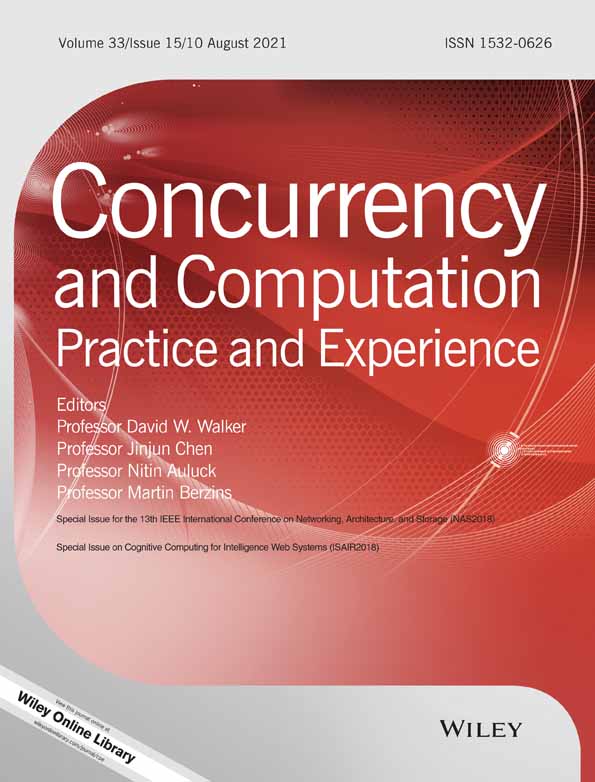Prediction of medical expenses for gastric cancer based on process mining
Funding information: National Natural Science Foundation of China, 5013-201010885
SUMMARY
At present, disputes caused by medical expenses are widespread. How to use information means to provide accurate prediction of medical expenses for serious illnesses has become a research hotspot. Gastric cancer is a common cancer. The key of its medical expenses prediction lies in the mining of repeated structures and the statistics of repeated execution times. In the existing process mining methods, repeated nodes are regarded as the same nodes, and only counted once. This paper changes the original dynamic-service-flow-net into a dynamic-medical-path-net by taking the repetition times of nodes into account. Then αtj algorithm and TNC algorithm are proposed to build the dynamic-medical-path-net system to predict the medical expenses. A medical evaluation model is proposed to evaluate each alternative schemes comprehensively in order to get the best medical scheme, and then the predictive medical expense would be obtained. The proposed method has about 25% improved to the conventional methods.




